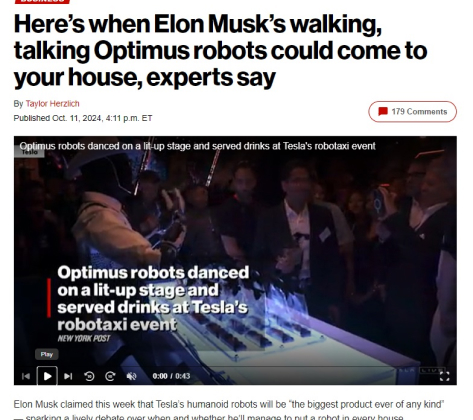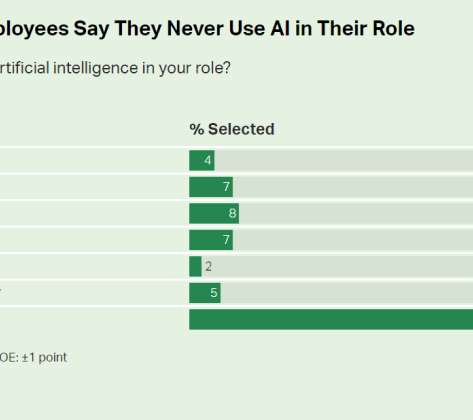John Battelle writes about Color, a new social photo app. Color creates a visual (user-generated photos) public (anyone sharing photos through Color) timeline of any given location (using a proximity algorithm). (It is worth noting Dave Winer suggested the need of a “social camera” four years ago.) Battelle suggests color matters because of location (“colors has the opportunity to be the first breakout application fueled by the concept of “augmented reality”). Fred Wilson gives his take on Color – suggesting it has promise as a social graph because it implicit. In other words, location is defining the social graph which will minimize the manual curating users have to do. Proximity is clearly a key value of services – especially for mobile services. But proximity should be defined broadly. It is location – a physical proximity. It is also time – proximity to know. It can also be less tangible – proximity to my interests. I often see individuals looking at these in isolation. They focus on location being the killer aspect of services – as in LBS. Or time as in “real-time” recommendations. Or proximity to interests – as in recommendation algorithms. Nearness to what matters includes place, time, order, or occurrence. If Color – and other services and apps like it – show real value to users it isn’t solely because of location.
Color also has potential because it makes the social graph linear. Sensors (cameras, microphones, GPS, etc) are becoming ubiquitous which in turn is enabling mass data collection (photos, sounds, location, temperature, etc). Because Moore’s Law drives the cost of data retention to zero we will increasingly see these data archived. Economists love long time series and we are beginning to create a myriad of long time series. What we’ll do with these long time series is just beginning to be uncovered. Take for example, MIT researcher Deb Roy’s work on language acquisition. Roy wanted to explore how his son learned language so he filled his house with video cameras to catch every moment. This exploration was only made possible by inexpensive sensors and the computing power to parse that information (you can see a Ted talk on the topic by Roy here: http://s.dbr.vc/fzXPn6).
One of the key elements of Roy’s work on how language acquisition progresses is his reliance on the linear nature of these data. His work could have implications on the learning process which could help inform and improve our education methods. This is just one example. I’m seeing increasing instances of linear data creation and I suspect we have just begun to see the ways in which linear data will be leveraged and analyzed.
For Color, proximity clearly matters. But more, the linear nature of these data is being overlooked and might in the end represent the most promising aspect of the service.



